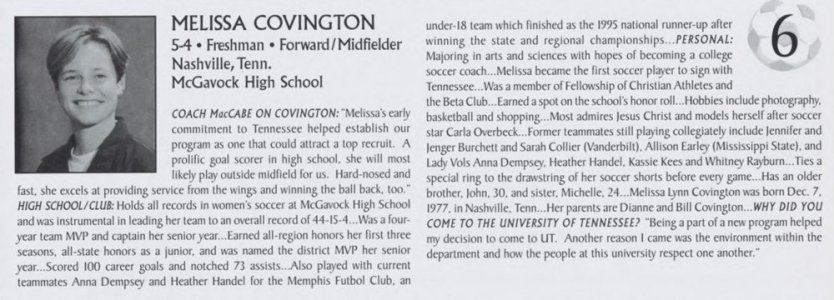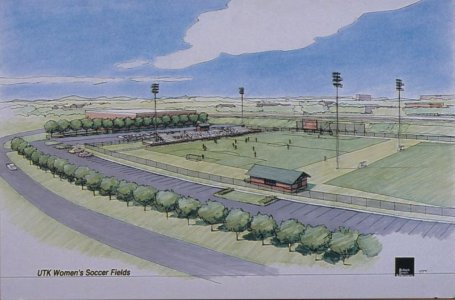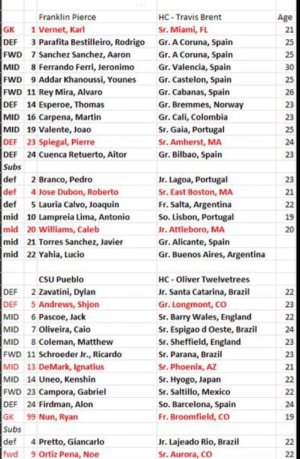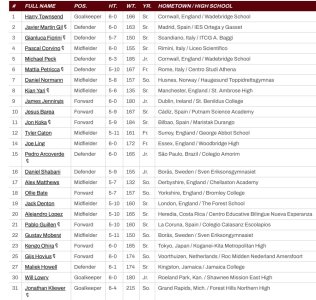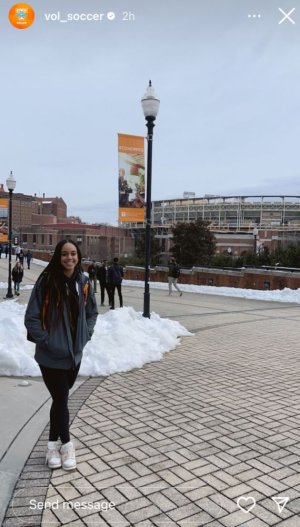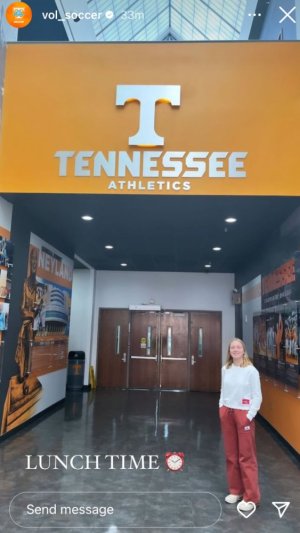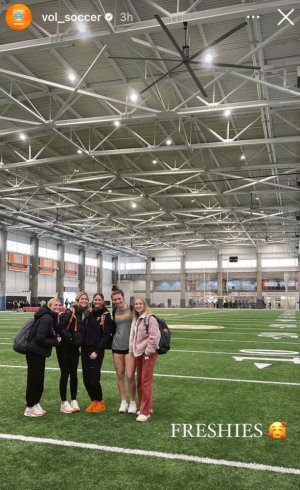MAD
Arsenal FC, Detroit Lions
- Joined
- Aug 10, 2006
- Messages
- 47,848
- Likes
- 116,853
History of Lady Vols Soccer part 3.Let’s continue with the timeline history of Lady Vols Soccer.
UT had announced they were adding women’s soccer on April 15 1994
March 29 1995
National search began for coach
November 1 1995
Charlie MacCabe named as head coach.
The hiring of Charlie MacCabe, who previously served as an assistant at the University of North Carolina at Chapel Hill, which is to women's soccer as the Lady Vols are to women's basketball. Building a highly competitive women's soccer program at the Division I level does not happen overnight. For most schools, it is a tremendous challenge which often never materializes. MacCabe has a different philosophy, however, and believes UT will be an exception to the rule. "It's easier here to build a program in women's soccer than at almost any other school due to the strength and reputation of women's athletics on this campus," MacCabe said. "The support that the university and the women's athletic department have given us to build this program is phenomenal, from the budget to the support staff to the new soccer facility," MacCabe said. "I feel it is a matter of time before we are very competitive."
View attachment 612435
February 1 1996
Article from The Daily Beacon on the hiring of assistant coach Angela Kelly
Angela Kelly, a member of four NCAA championship soccer teams at North Carolina, has been named a Lady Vols' assistant soccer coach.
Along with four national titles, the Lady Tar Heels won four Atlantic Coast Conference titles and four ACC Championships in Kelly's four-year stay (1991-94). She started in 94 games and compiled 38 goals and 27 assists. Throughout her career North Carolina reeled off a 97-1-1 record. Kelly was named to NCAA and All-ACC teams three consecutive seasons and was a member of the All-American first team in 1994. "Having performed at the highest level, she will be the perfect role model for our young and inexperienced players," head coach Charlie MacCabe said.
The Scotland native is looking forward to her stay at UT. "I am very excited about this new position," Kelly said Tuesday. "I can not see why we can not build a successful program here in the next few years." Soccer will become the 11th Lady Vol intercollegiate sport when it begins next fall.
View attachment 612436
Women's soccer assistant--Michelle Bertocchi, a graduate assistant coach at Georgia State, appointed assistant coach at Tennessee
View attachment 612437
View attachment 612439
Charlie MacCabe, Angela Kelly, Michelle Bertocchi
With our new coach Charlie MacCabe in place it was time to get some players.
December 7 1995
First official visit by a recruit
December 14 1995
Melissa Covington gives UT it’s very first verbal commitment
February 7 1996
Melissa Covington is UT’s first signee
Taken from the 1996 Media Guide.
